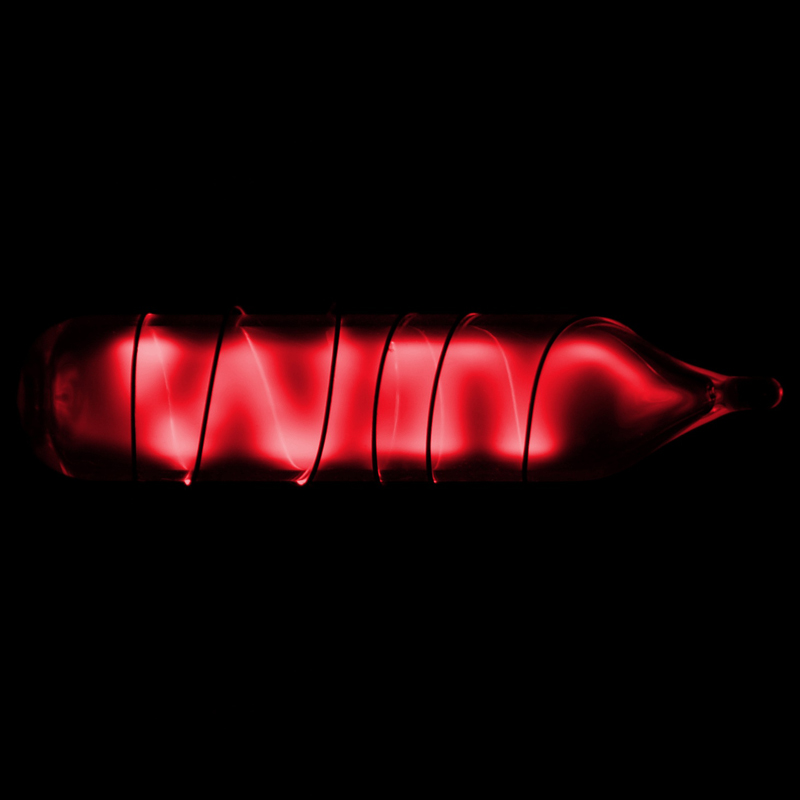Radon
86
Rn
Gruppe
18
Periode
6
Blok
p
Protoner
Elektroner
Neutroner
86
86
136
Generelle Egenskaber
Atomnummer
86
Atommasse
[222]
Masseantal
222
Kategori
Ædelgasser
Farve
Farveløs
Radioaktiv
Ja
The name was derived from radium; called niton at first, from the Latin word nitens meaning shining
Krystalstruktur
n/a
Historie
Radon was discovered in 1900 by Friedrich Ernst Dorn in Halle, Germany.
He reported some experiments in which he noticed that radium compounds emanate a radioactive gas.
In 1910, Sir William Ramsay and Robert Whytlaw-Gray isolated radon, determined its density, and determined that it was the heaviest known gas.
He reported some experiments in which he noticed that radium compounds emanate a radioactive gas.
In 1910, Sir William Ramsay and Robert Whytlaw-Gray isolated radon, determined its density, and determined that it was the heaviest known gas.
Elektroner i hver skal
2, 8, 18, 32, 18, 8
Elektronkonfiguration
[Xe] 4f14 5d10 6s2 6p6
Upon condensation, radon glows because of the intense radiation it produces
Fysiske Egenskaber
Tilstandsform
Gas
Massefylde
0,00973 g/cm3
Smeltepunkt
202 K | -71,15 °C | -96,07 °F
Kogepunkt
211,3 K | -61,85 °C | -79,33 °F
Smeltevarme
3 kJ/mol
Fordampningsvarme
17 kJ/mol
Varmefylde
0,094 J/g·K
Forekomst i jordskorpen
n/a
Forekomst i universet
n/a

CAS-nummer
10043-92-2
PubChem CID-nummer
24857
Atomare egenskaber
Atomradius
120 pm
Kovalent radius
150 pm
Elektronegativitet
-
Ioniseringspotentiale
10,7485 eV
Atomvolumen
50,5 cm3/mol
Varmeledningsevne
0,0000364 W/cm·K
Oxidationstrin
2, 4, 6
Anvendelser
Radon is used in hydrologic research that studies the interaction between ground water and streams.
Radon has been produced commercially for use in radiation therapy.
Radon has been used in implantable seeds, made of gold or glass, primarily used to treat cancers.
Radon has been produced commercially for use in radiation therapy.
Radon has been used in implantable seeds, made of gold or glass, primarily used to treat cancers.
Radon is highly radioactive and a carcinogen
Isotoper
Stabile isotoper
-Ustabile isotoper
195Rn, 196Rn, 197Rn, 198Rn, 199Rn, 200Rn, 201Rn, 202Rn, 203Rn, 204Rn, 205Rn, 206Rn, 207Rn, 208Rn, 209Rn, 210Rn, 211Rn, 212Rn, 213Rn, 214Rn, 215Rn, 216Rn, 217Rn, 218Rn, 219Rn, 220Rn, 221Rn, 222Rn, 223Rn, 224Rn, 225Rn, 226Rn, 227Rn, 228Rn